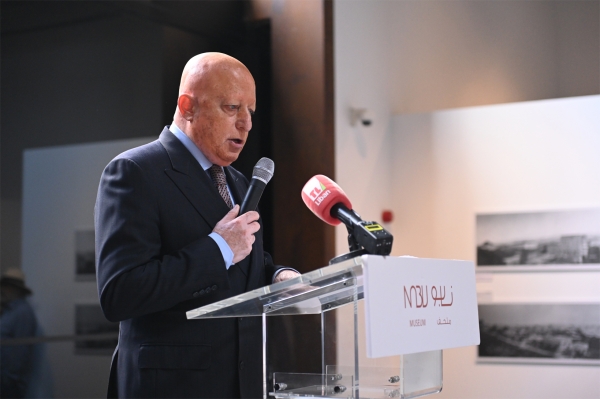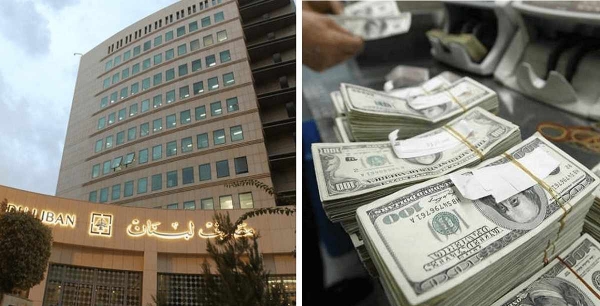Jawad Adra’s speech in Inauguration of exhibition “Beirut 1840-1918, photographs & Maps”
Inauguration of exhibition “Beirut 1840-1918,
photographs & Maps”
Nabu Museum, El-Heri, al-Batroun
Saturday, November 26, 2022
Jawad Adra’s speech
Good morning everyone,
On behalf of Nabu’s founders and its team, a warm welcome to all those present here, and a special thanks to the Minister of cultural affairs Judge Mohammad al-Mortada for his patronage and presence.
In his book The Land and the Book, published in 1859, the Protestant missionary and traveller, William Thomson, commented: “...They can never form one united people, never combine for any important religious or political purpose; and will therefore remain weak, incapable of self-government [governance], and exposed to the invasions and oppressions of foreigners”. He also wrote about the country’s nature and its archaeological history. Additionally, he described, in detail, the almond, olive, fig and pomegranate trees of Beirut, and remarked: “The roofs of these houses afford such a delightful promenade…”.
In a letter from a friend, he was asked: “How is that you never told me in any of your letters that Beirût is such a beautiful place?” and his answer was: “I did, but you could not understand, and no wonder. Neither pen nor pencil can do justice to Beirût”, describing the Phoenician, Roman and Islamic monuments of the city.
Demolition and war in the later part of the 20th century saw these ancient structures brought to rubble. Soul-less high-rises stood in their place, altering Beirut’s Ancient Port and its Phoenician gate but paying no mind to urban planning that would have accounted for the city’s history.
Imagine what Thomson would say if he were among us today.
The houses depicted in this exhibition have disappeared, along with their trees, gardens and flowers. The monuments do not exist either. The identity this city had is no more; it disappeared, taking with it a way of life that promotes agriculture, industry, culture and art.
Some of the photos of Beirut in the 19th century are part of “Nabu Museum’s” permanent collection whilst some are from Badr Al-Hage’s personal collection granted to Nabu, and others are from international museums.
Badr El-Hage and Samir Moubarak have persevered to publish their book, Beirut 1840-1918. A Visual & Descriptive Portrait, to produce an artistic and historic testimony about Beirut. They were assisted by the head of the Beirut Heritage Society, Suhail Mneimneh, who helped in identifying the sites of the city. They will tell you about their experience in a while.
The scholar Badr El-Hage and the former diplomat Samir Moubarak, do not share the same vision or the same analysis of the problems facing our country, so what brought them together?
They overcame their differences because of their passion for knowledge and their love for this country. They are determined that Beirut should not be forgotten and its destruction cannot go on.
In Nabu, we believe that art, critical thinking and divergence of opinion demonstrate wisdom and unity as is implied by the name “Nabu”. The ills of Lebanon are fundamentally cultural. We will not rise from the disasters in politics, economy, education, and governance if we don’t believe in our culture and that it is an integral part of our identity. Yes, culture matters.
Badr El-Hage, Samir Moubarak and Suhail Mneimneh helped pave the way for the realization of a dream, as if they were saying to Thomson: We are one united people and we are not weak.
Whatever we do for our country, remains insufficient. We should never lose Hope. As Shakespeare says in his play All’s Well That Ends Well: “No legacy is so rich as honesty”.







Leave A Comment